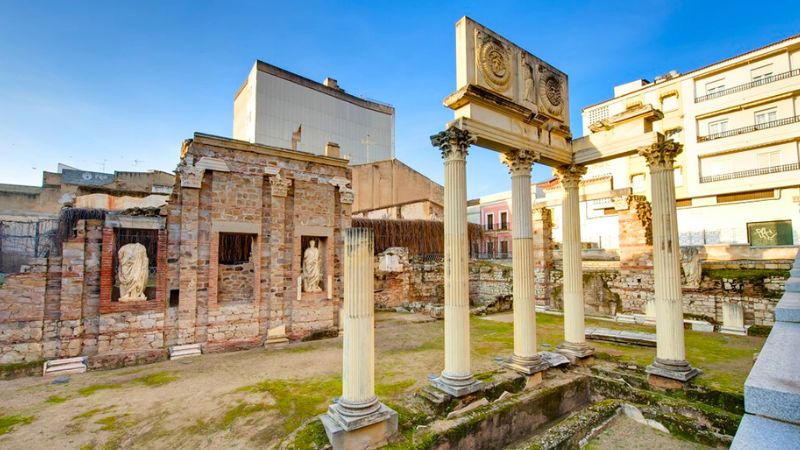
The Portico of the Municipal Forum in Merida is a jewel of Spain’s historical and architectural heritage. Located on Sagasta Street, this archaeological wonder allows us to travel back in time to Roman times. The portico, one corner of a much larger complex, was part of the Municipal Forum of Augusta Emerita, the ancient Merida.
History and context
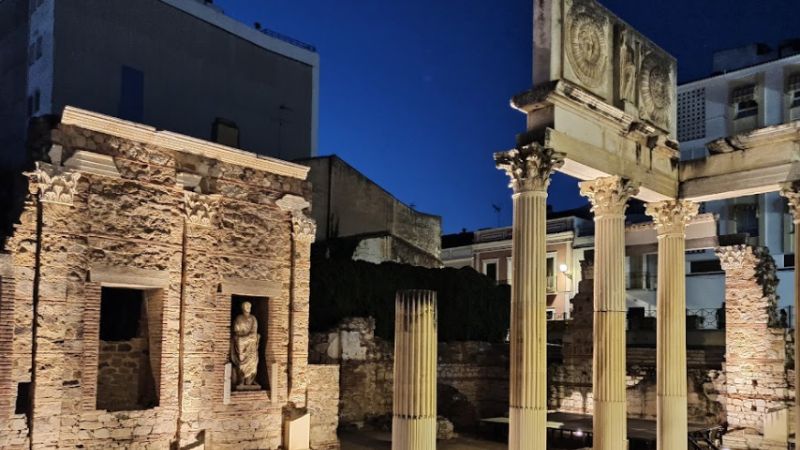
Merida, known in Roman times as Augusta Emerita, was a city of great importance both administratively and politically. As a colony and capital of the province of Lusitania, the city had two forums: one municipal and the other provincial. The Portico of the Municipal Forum was part of the first, a square where civil affairs were discussed and where the divinities of the Roman pantheon were worshipped.
This magnificent portico was erected in the first century A.D., inspired by the Forum of Augustus in Rome. Its location and architecture make it one of the masterpieces of Roman urbanism, reflecting the wealth and culture of the Empire.
Architectural features
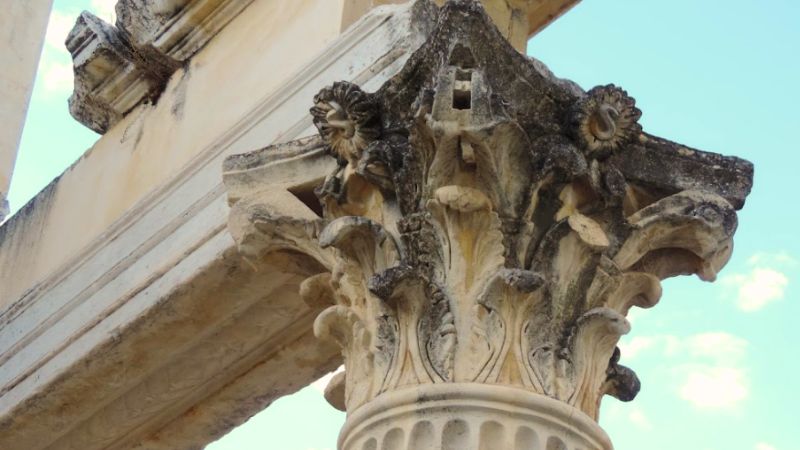
The Portico of the Municipal Forum is known for its architectural opulence.
It was entirely covered with marble, and remains of this material can still be seen in some areas of the monument. The large Corinthian columns support an entablature adorned with intricate metopes. In the attic there are alternating medallions with heads of Jupiter-Amon and Medusa, as well as caryatids bearing craters.
The design of this portico was a display of art and power. Its enclosing walls feature large niches intended to house statues, both of the imperial family and of divinities and myths related to the history of Rome and the family of Augustus.
Decorative elements and symbolism
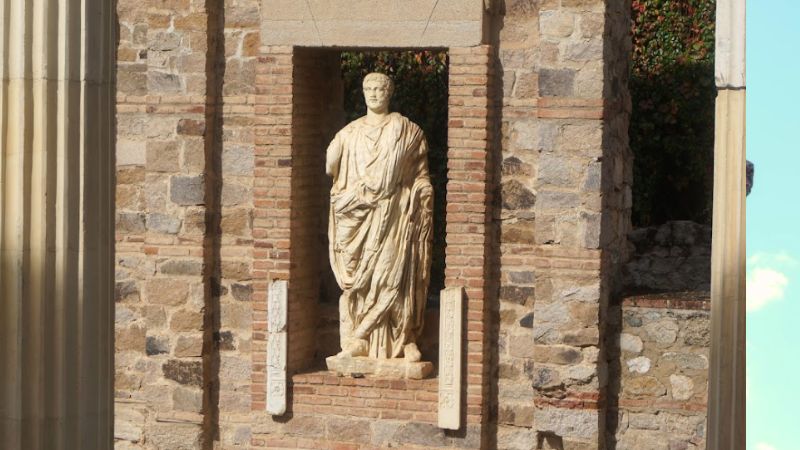
The portico was not only an architectural masterpiece, but also a propagandistic showcase that paid homage to Rome’s mythical origins and legacy.
The medallions with the head of Jupiter-Amon represent the cultural syncretism between Roman and Egyptian civilizations. Medusa, on the other hand, has a mythological and apotropaic significance, converting to stone those who looked at it and offering protection to the site.
Some curiosities
- Adding to its attractiveness, the Portico of the Forum was also a commercial and religious center of the time.
- It is located near the Temple of Diana and is believed to have been flanked by stores, taverns and administrations.
- The thermal baths, the Temple of Mars and a basilica could also have been part of this grandiose urban complex.
Location and visit
Today, the portico is located on Sagasta Street, very close to the Temple of Diana and the National Museum of Roman Art in Merida. The visits are free and it is a must-see for those interested in Roman history and art.
More of Merida’s historical heritage
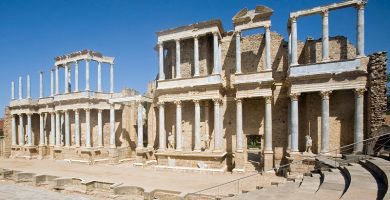
Roman Theater of Merida
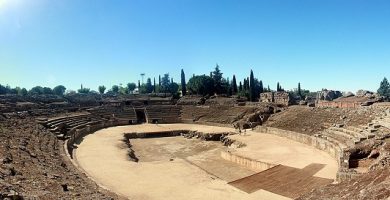
Mérida Roman Amphitheater
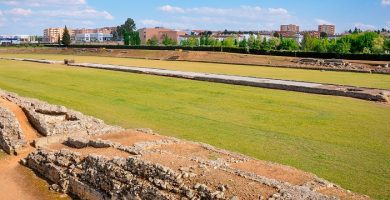
Roman Circus of Merida
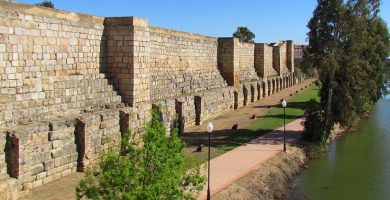
Moorish Alcazaba of Merida
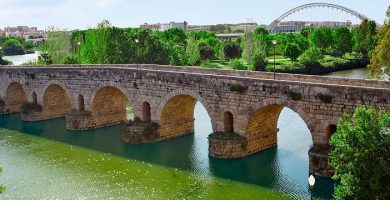
Roman Bridge of Merida over the Guadiana river
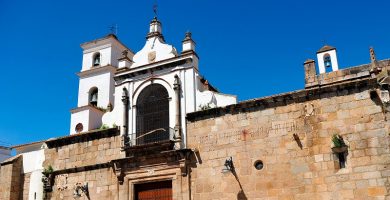
Co-cathedral of Santa María la Mayor of Mérida
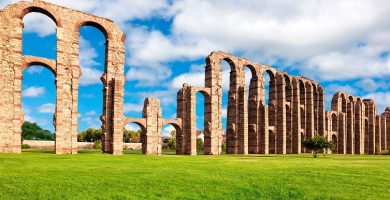
Los Milagros de Merida Aqueduct
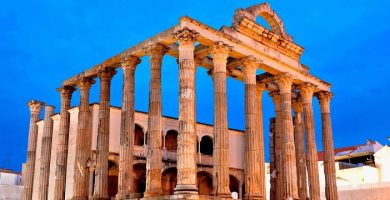
Roman Temple of Diana in Mérida
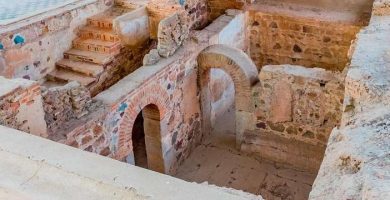
Casa del Mitreo House in Mérida
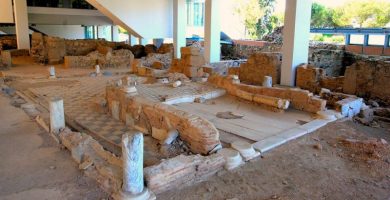
Morería de Mérida Archaeological Site

Plaza de España in Mérida
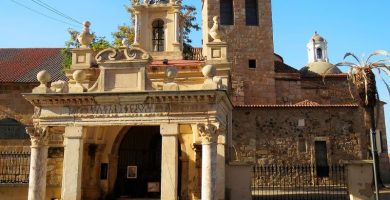
Basilica of Santa Eulalia in Mérida
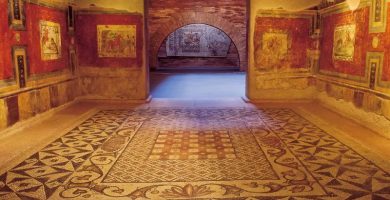
National Museum of Roman Art of Mérida
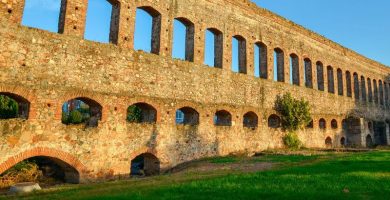
San Lázaro Aqueduct in Mérida
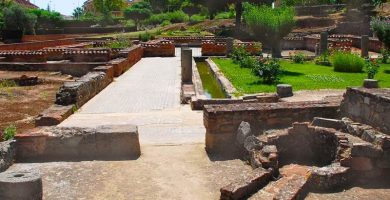
Merida Amphitheater House
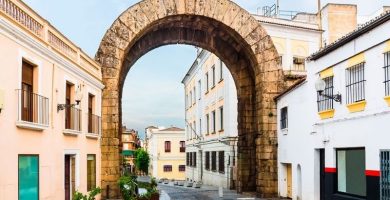
Trajan’s Arch of Mérida
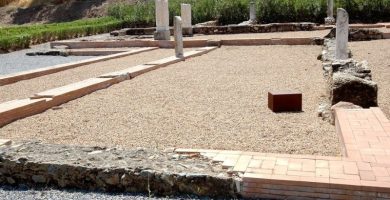
Mérida’s Xenodoquium
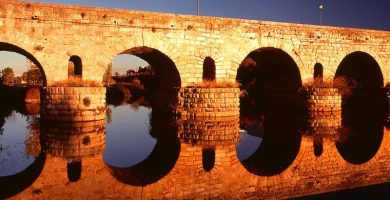
Roman Bridge over the Albarregas
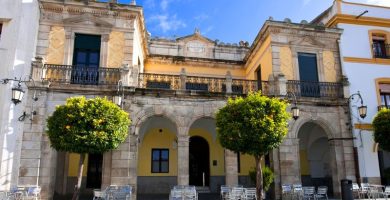
Círculo Emeritense in Mérida
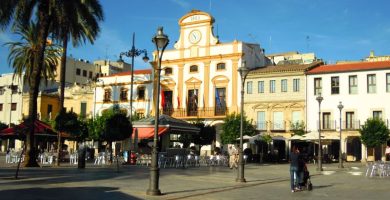
Mérida City Hall
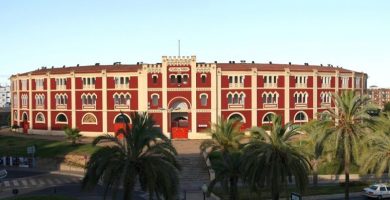
Bullring of Mérida
